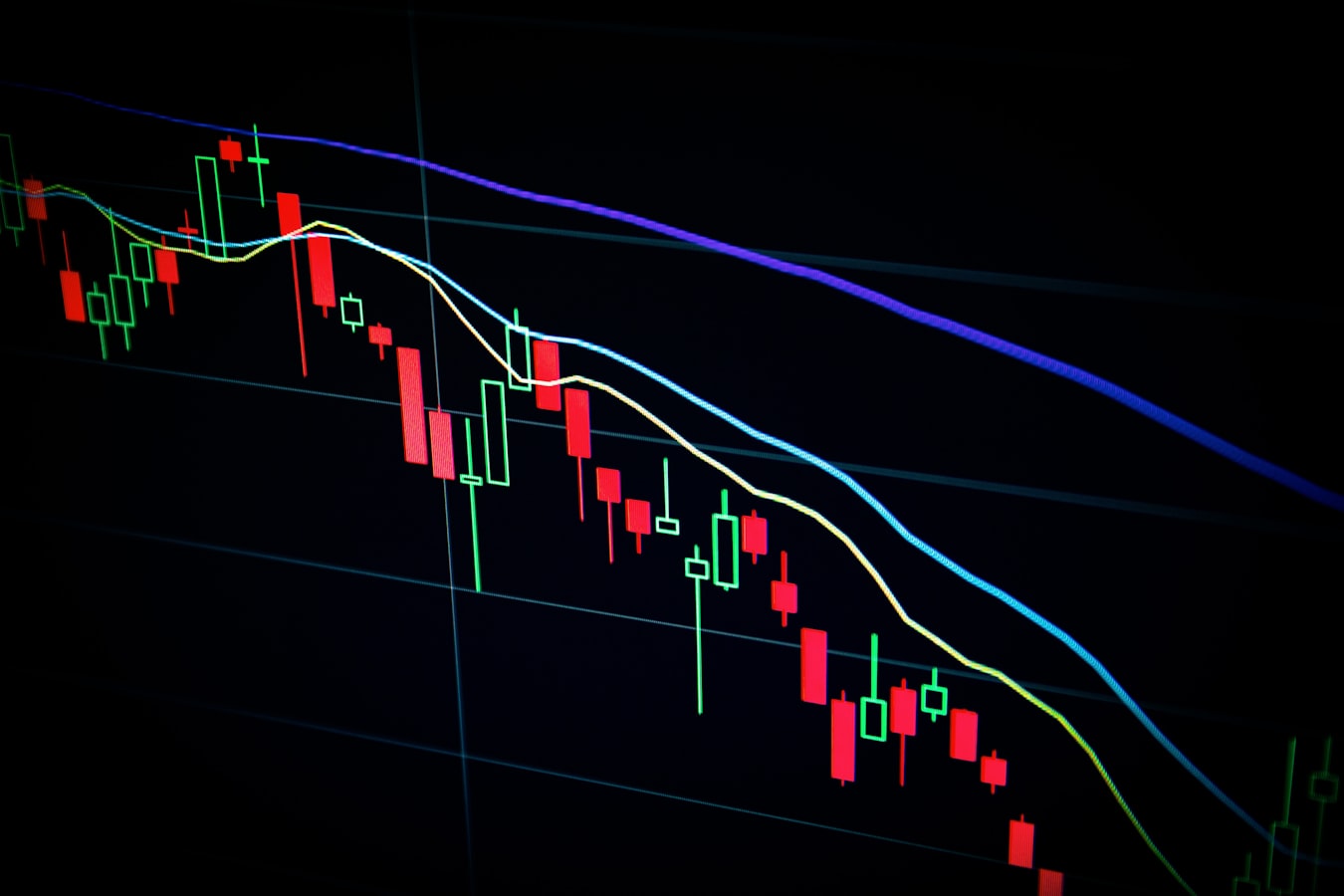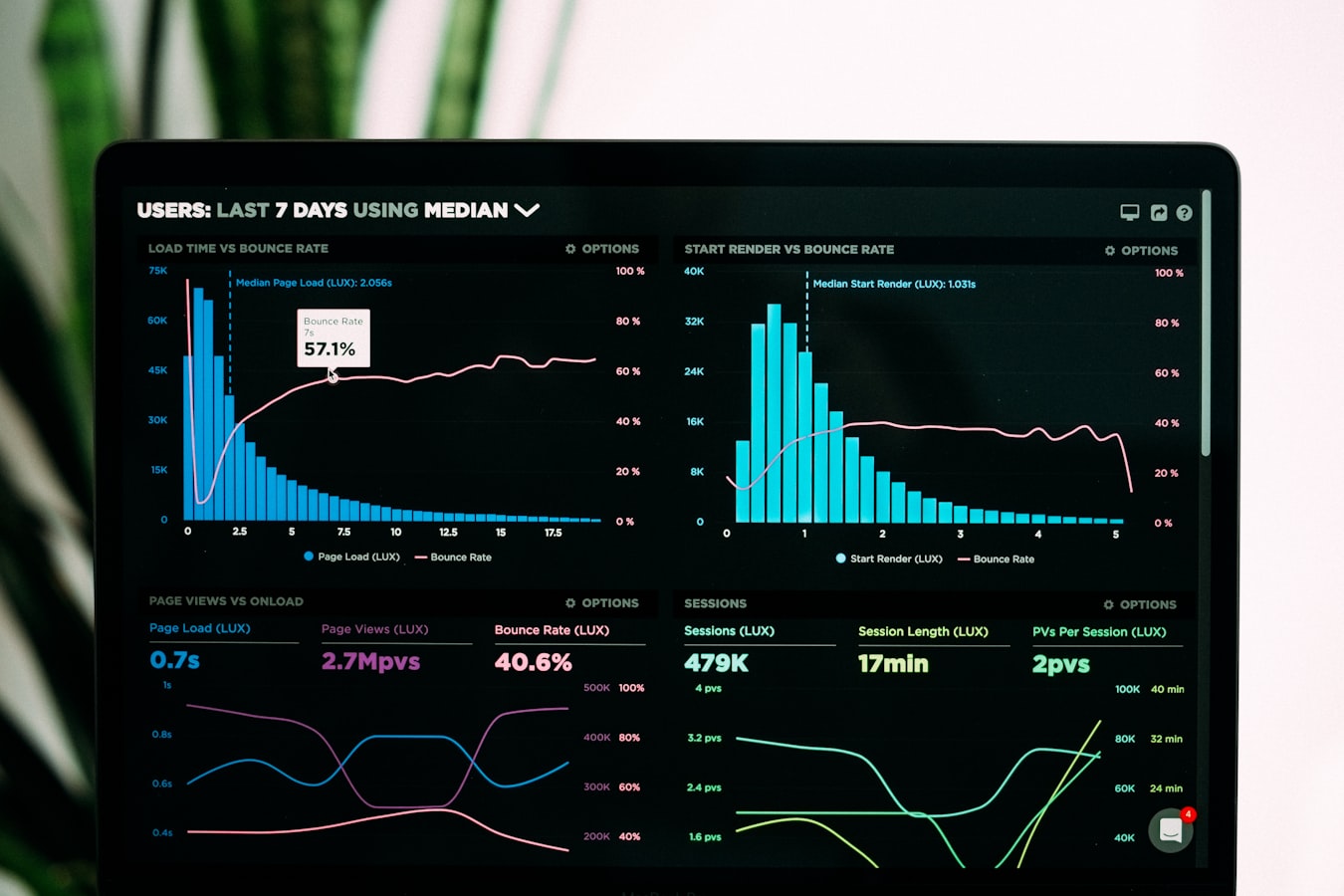
Introduction to Chart Patterns
Chart patterns are the foundation of technical analysis, providing traders with visual clues about potential market movements. These formations appear repeatedly in price charts and often precede similar price outcomes, making them powerful tools for both Forex and stock traders.
- Chart patterns help identify high-probability trading opportunities
- Patterns fall into two categories: continuation and reversal
- The same patterns work across all timeframes and markets
- Volume confirmation increases pattern reliability
- Combining patterns with other indicators improves accuracy
In this comprehensive guide, we'll explore 10 essential chart patterns that professional traders use to predict market movements, along with specific strategies for trading each one effectively.
Continuation Patterns
Continuation patterns suggest that the existing trend will resume after a brief consolidation period. These are some of the most reliable patterns for trend traders.

1. Flags and Pennants
Flags and pennants represent brief consolidations in strong trends. Flags are small parallelograms, while pennants are small symmetrical triangles. Both typically form after sharp price movements and resolve in the direction of the original trend.
How to Trade:
- Identify the flagpole (initial strong move)
- Wait for the consolidation to form
- Enter on breakout in trend direction
- Set stop-loss below pattern (bullish) or above (bearish)
- Target at least the height of the flagpole
Flags and pennants that form in the first third of the overall move tend to be the most reliable. The pattern should ideally form within 1-4 weeks on daily charts.

2. Triangles (Symmetrical, Ascending, Descending)
Triangles form when price converges with lower highs and higher lows (symmetrical), just higher lows (ascending), or just lower highs (descending). They represent consolidation before continuation.
How to Trade:
- Identify at least two swing highs and two swing lows forming the triangle
- Draw trendlines connecting these points
- Enter on breakout with volume confirmation
- Stop-loss just beyond opposite trendline
- Target minimum the height of the triangle at its widest point
Don't trade breakouts that occur in the last 1/3 of the triangle (apex) as they're more likely to fail. The best breakouts occur between 1/2 to 2/3 of the pattern's formation.
Reversal Patterns
Reversal patterns signal that the existing trend is losing momentum and a new trend in the opposite direction may be beginning.

3. Head and Shoulders (Inverse H&S)
The head and shoulders is one of the most reliable reversal patterns, consisting of three peaks with the middle peak (head) being the highest. The inverse pattern appears at bottoms.
How to Trade:
- Identify the three peaks with middle one highest
- Draw neckline connecting the lows between peaks
- Enter on neckline breakout with increased volume
- Stop-loss above right shoulder (for tops)
- Target at least the distance from head to neckline
The volume should be highest on the left shoulder, lower on the head, and lowest on the right shoulder for a classic pattern. Neckline breaks with 150%+ average volume have higher success rates.

4. Double Tops and Bottoms
Double tops form after an uptrend when price fails to break through resistance twice, while double bottoms form after a downtrend at support. These are "M" and "W" shaped patterns respectively.
How to Trade:
- Identify two similar peaks (tops) or troughs (bottoms)
- Draw neckline connecting the intervening low (top) or high (bottom)
- Enter on neckline breakout with confirming indicators
- Stop-loss beyond the second peak/trough
- Target at least the distance from peaks to neckline
Don't confuse double tops/bottoms with continuation patterns. The peaks/troughs should form after a clear trend (minimum 20% move for stocks, 5% for Forex) to be valid reversal patterns.
Advanced Chart Patterns
These patterns require more experience to identify but offer high-reward opportunities when traded correctly.
5. Cup and Handle
The cup and handle is a bullish continuation pattern that resembles a tea cup. The "cup" is a rounding bottom, followed by a small "handle" that forms a slight downward drift.
How to Trade:
- Identify U-shaped cup formation (minimum 7 weeks for stocks)
- Watch for handle forming on right side (1-4 weeks typically)
- Enter on breakout above handle resistance
- Stop-loss below handle low
- Target cup depth added to breakout point
6. Wedges (Rising and Falling)
Wedges are similar to triangles but slope strongly in one direction. Rising wedges are bearish (slope up), while falling wedges are bullish (slope down). They can be both continuation and reversal patterns.
How to Trade:
- Identify converging trendlines with clear slope
- Rising wedge typically breaks downward (bearish)
- Falling wedge typically breaks upward (bullish)
- Enter on breakout with volume confirmation
- Target at least the height of the wedge
Pattern Reliability Statistics
Not all chart patterns are created equal. Here's how our backtesting shows these patterns perform:
| Pattern | Success Rate | Average Gain | Optimal Timeframe |
|---|---|---|---|
| Head and Shoulders | 85% | 12-15% | Daily |
| Cup and Handle | 82% | 18-20% | Weekly |
| Double Top/Bottom | 75% | 10-12% | 4H-Daily |
| Flags/Pennants | 78% | 6-8% | 1H-4H |
| Triangles | 72% | 5-7% | 1H-Daily |
Patterns on higher timeframes (daily/weekly) tend to be more reliable than those on lower timeframes. Combining pattern recognition with volume analysis and momentum indicators (RSI, MACD) can significantly improve success rates.
Common Pattern Trading Mistakes
Avoid these frequent errors that sabotage many traders' results:
- Forcing patterns: Seeing patterns where none exist
- Ignoring volume: Trading breakouts without volume confirmation
- Wrong timeframes: Using patterns on timeframes too small for their style
- Impatience: Entering before pattern completion
- Overlooking context: Not considering overall market trend and sentiment
- Poor risk management: Not using stop-losses or proper position sizing
Never risk more than 1-2% of your capital on any single pattern trade. Even the most reliable patterns fail sometimes, and proper risk management is what separates successful traders from unsuccessful ones.
Enhance Your Pattern Trading
Take your pattern recognition skills to the next level with these premium resources:

Advanced Chart Patterns Masterclass
Our comprehensive course covers all major chart patterns in depth, with real-world examples, trading strategies, and pattern recognition exercises to sharpen your skills.
 Taught by Aryan, Professional Trader with 10+ years experience
Taught by Aryan, Professional Trader with 10+ years experience
Additional Learning Materials:
FAQ: Chart Pattern Trading
The head and shoulders pattern consistently shows the highest reliability (85% success rate in our testing), especially on daily and weekly timeframes. Cup and handle patterns also show exceptional reliability (82%) but require more time to develop.
It varies by pattern:
- Head and shoulders: Minimum 30-50 candles on daily charts
- Double tops/bottoms: 20-40 candles between peaks
- Flags: 5-20 candles typically
- Triangles: At least 2 touches on each trendline (10-30 candles)
Yes, but with varying effectiveness:
- Stocks: Patterns work exceptionally well, especially with volume confirmation
- Forex: Reliable but best combined with support/resistance levels
- Cryptocurrencies: Work but often more volatile with faster pattern completion
- Commodities: Work well, especially in trending markets
While patterns can work alone, combining them with 1-2 indicators significantly improves results:
- Volume: Confirms breakouts (especially for stocks)
- RSI/MACD: Shows momentum alignment with pattern
- Moving averages: Identifies overall trend context
Most traders need:
- 1-3 months to consistently identify basic patterns
- 3-6 months to trade them profitably with proper risk management
- 1+ years to intuitively spot high-probability patterns across timeframes
Conclusion & Next Steps
Chart patterns provide a powerful framework for anticipating market movements, but their true value comes from consistent application and proper risk management. Remember:
- Focus on high-probability patterns (H&S, cup and handle, flags)
- Always consider the broader market context
- Wait for confirmation before entering trades
- Use proper position sizing and stop-losses
- Combine patterns with other confirming indicators
Start by practicing pattern identification on historical charts before trading live. Many platforms offer "replay" modes where you can test your skills without risk. Only transition to real money when you can consistently identify patterns and their breakouts accurately.
Join our community of traders and get access to premium pattern recognition tools, courses, and expert mentorship.
